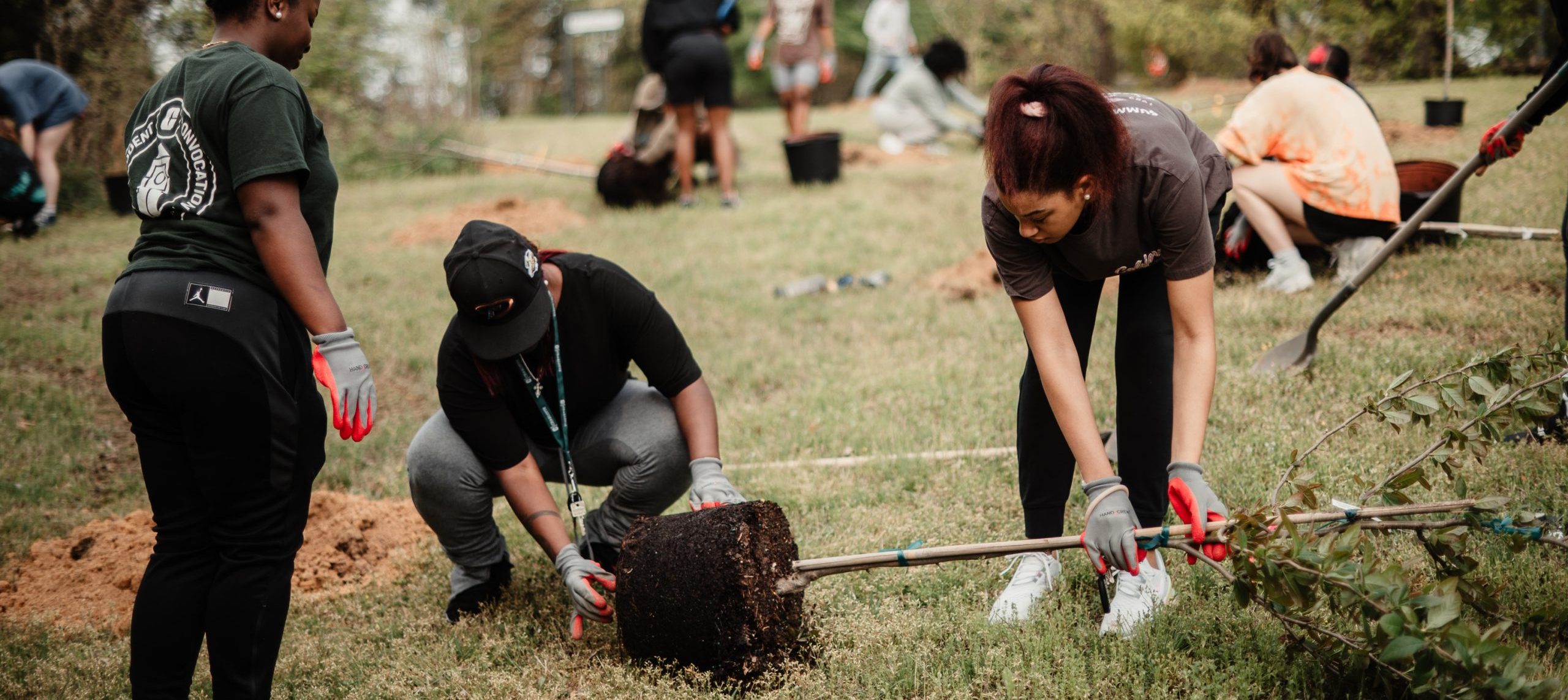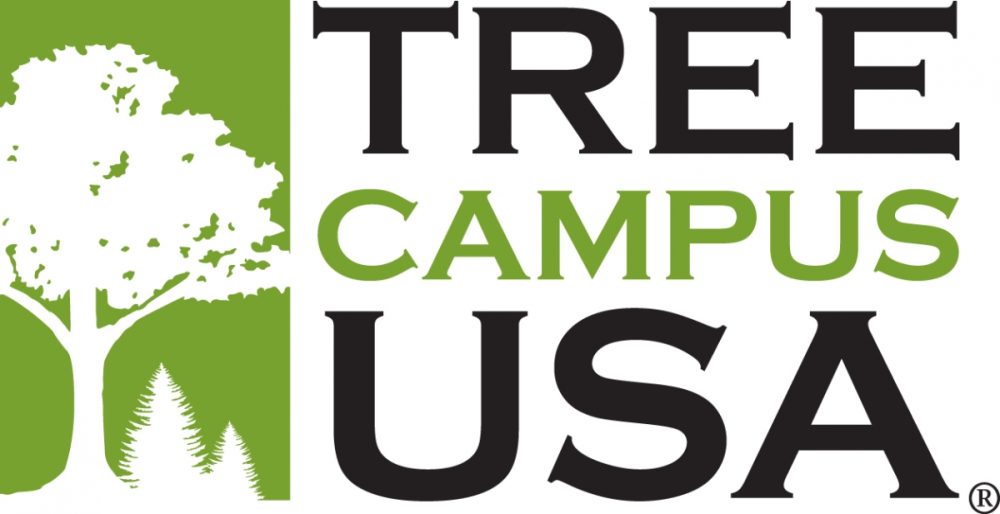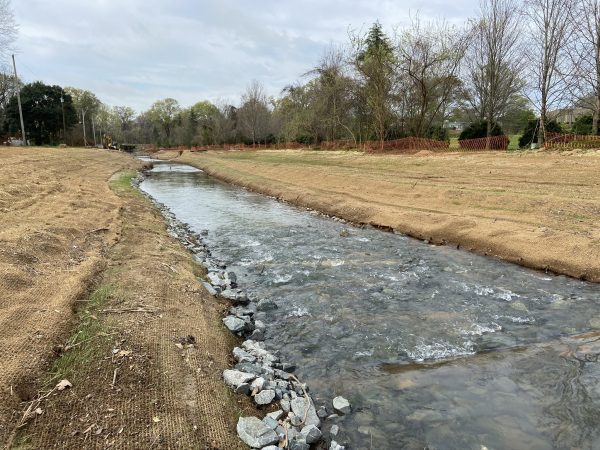Land

land
UNC Charlotte maintains approximately 1,000 acres of land, primarily in the Main Campus in University City. Approximately half the land is forested, and the other half is buildings, pavement, athletic or recreational fields, and landscaping.
Stewardship of the campus lands includes providing for operations, access, recreation, and aesthetics. This balancing act can be seen in three issues we address across campus in both the domesticated and wilder parts of campus.
The Office of Sustainability and the University of North Carolina at Charlotte acknowledge that we are on colonized land traditionally belonging to the Catawba, Cheraw, Sugeree, Wateree, and Waxhaw Peoples, all of whom have stewarded this land throughout the generations.
TREES

The land purchased as a site for UNC Charlotte was most recently farms, a mix of grazed fields, and recovering forests. Early campus development was focused on the unforested fields, but since the turn of the century most construction has required loss of trees. Tree planting has been a constant effort alongside construction, as has tree care and removal as trees die. But, the overall effect has been a loss of tree cover, along with the benefits offered by trees including shade, stormwater runoff reduction, and wildlife habitat.
There are efforts to reverse this trend and increase recognition of the value of trees to our university. Since 2016, UNC Charlotte has annually earned the distinction of Tree Campus USA from the Arbor Day Foundation. This recognition requires the university to have a tree Advisory Committee, a Tree Care Plan, and a program with annual funding. The university also hosts Arbor Day events and service learning projects. In 2019, a service learning project planted trees estimated to offset the carbon emissions of a travel abroad experience.
STORMWATER
Developing a large college campus necessitates replacing tree cover with materials that shed water, such as roofs, pavement, artificial turf fields, and grassy lawns. During rainstorms, the runoff to local creeks occurs much faster and moves more water than in the past, raising the potential for floods and damaging erosion. To control this runoff, the campus maintains a network of pipes, ponds, and wetlands. A few campus buildings even collect water for use in irrigation and toilet flushing.
Decades of development on campus and the surrounding watershed have exceeded the capacity of the major creeks on campus to safely handle the runoff. In 2020, the university launched its most ambitious Stormwater Master Plan. This plan lays out projects that will allow the campus to meet stormwater regulations of the city for current and planned growth. It proposes construction of several major projects meant to control the stormwater while adding attractive landscapes and supporting learning opportunities. A related major project is a partnership with the county to expand and restore Toby Creek, the main waterway through campus (pictures on the right).
In 2024, UNC Charlotte Office of Emergency Management created this storymap outlining the effects of flooding in Toby Creek and efforts to monitor and manage flooding events in the creek.

LITTER

An unfortunate feature of modern life is littering. Since the 1990’s, the university has organized Campus Cleanup days every semester open to student and staff groups. These efforts go beyond the parts of campus maintained by grounds crews to pick up litter across the campus, especially along roadways.
The Adopt-A-Spot Program is available for groups that want to make a sustained commitment to a clean campus. The program now covers more than 50 locations on campus that have been adopted by student organizations.